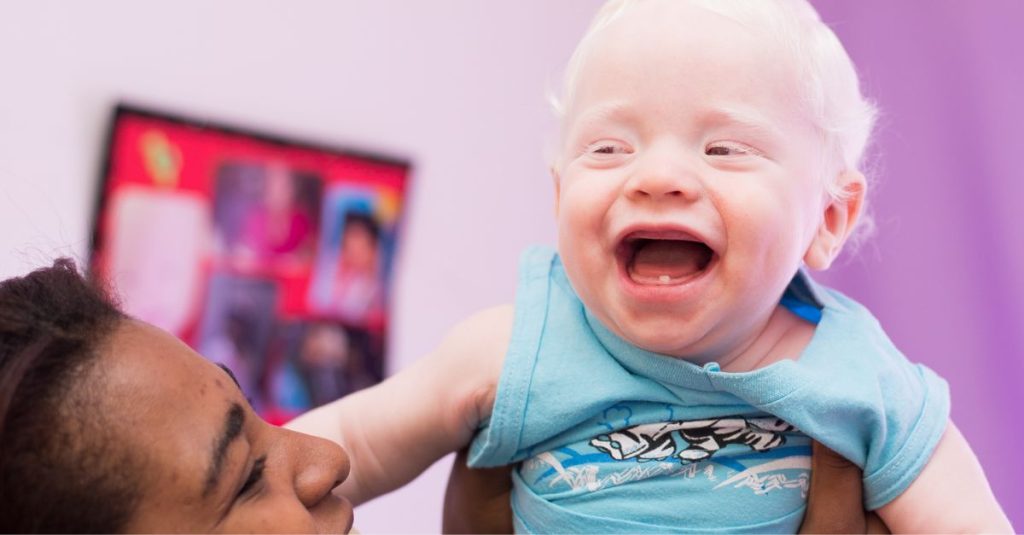
One in ten. That’s the number of pediatric mental health emergency room visits by Medicaid patients that result in a child “boarding” in the ER for three days or more sometimes in a small, windowless space with no opportunity to play, walk, or visit friends. In some states, that figure balloons to one in four. For policymakers, hospital leaders, and advocates for child mental health, this is not a statistic it’s a flashing red light that the system that was designed to serve kids in crisis is itself in crisis.

1. The Extent of the Boarding Issue
The most recent national statistics indicate that boarding keeping a child in the ER awaiting an inpatient psychiatric bed affects approximately 10% of pediatric mental health visits covered by Medicaid. In Florida, Maine, and North Carolina, the proportion can be as high as 25%. “So a kid presents to an emergency department with a mental illness, [and] roughly one time in ten, they’re being held for three days or more,” states John McConnell, PhD, of Oregon Health and Science University. The leading triggers? Suicidal ideas or acts, and depressive disorders.

2. Why ERs Become Holding Rooms
The underlying cause is painfully obvious: a national shortage of children’s psychiatric beds. Oregon, for instance, has only 38 such beds for its most acute pediatric psychiatric cases. Less than 15 beds per 100,000 children are available in many states and none in Alaska. This shortage causes children to be forced to wait until someone else leaves, with ERs too often without child psychiatrists trying to compensate.

3. Outpatient Gaps Push Kids to Crisis Points
Experts such as Dr. Jennifer Havens of NYU Grossman School of Medicine emphasize that “ample outpatient services can keep children with mental illness from reaching the crisis stage.” Outpatient care, however, is inequitably distributed, with rural communities particularly under-served. Families make do without it by going to ERs, which aren’t set up for longer-term stabilization.

4. The Pandemic’s Surge Effect
In COVID-19, publicly insured youths assessed by mobile crisis teams were twice as likely to board and 64% less likely to be discharged to inpatient units as in pre-pandemic rates. Boarding durations for those actually admitted grew more than half a day. Pandemic anxiety, loneliness, and trauma coupled with workforce shortage and infection-control limitations further cut available beds.

5. Health Equity and Disparities
Boarding is not uniformly experienced. National statistics reveal a 91% rise in ED mental health visits among Hispanic children and 53% among Black children over the past few years, versus 9% for non-Hispanic White children. In some research, Hispanic children had close to three times the risk of an ER stay greater than 12 hours. Extended boarding particularly longer than 24 hours has been associated with increased reporting of perceived discrimination among marginalized racial and ethnic groups.

6. Redesigning the ER Environment
More ERs are not therapeutic environments. Children might be kept in one small room with no exercise or social interaction. Redesign changes of best practice such as developing sensory-friendly spaces, incorporating natural light, and offering safe activity alternatives can decrease distress. Multidisciplinary mental health teams, privacy for evaluation, and in-house child psychiatrists can turn the ER from a holding area into a setting where healing begins.

7. Solutions That Work in the Community
Breakthrough programs are showing it is possible to avoid ER limbo for children. Mobile crisis teams go out directly to schools, homes, or public places, typically keeping youth from ERs altogether. Walk-in behavioral health clinics provide same-day treatment “until linkage is made,” as Victor Fornari, MD, says, continuing care until a permanent provider can be identified. Collaborative care models educate pediatricians to care for mild-to-moderate mental health needs, leaving limited specialists to treat serious cases. Telepsychiatry and 23-hour mental health evaluation centers are opening doors as well, particularly for rural youth.

8. Policy Levers and Funding Fixes
Solutions need systemic investment. Increasing Medicaid payment for children’s mental health treatment might make expanding pediatric psychiatric beds cost-effective. States can finance prevention and early intervention programs, and federal agencies such as SAMHSA can develop national standards for ED mental health care. Tracking data on boarding times, referral sources, and outcomes can guide accountability and equity.

9. Training and Workforce Development
Building a stronger behavioral health workforce is essential. This involves educating primary care and school personnel in crisis prevention, making ED teams demographically representative of the communities they serve, and providing all providers with competencies to address acute pediatric mental health concerns. Parent education on alternatives to ER care is also an option for minimizing unnecessary visits.
The photo is bleak: too short on beds, too short on outpatient capacity, and far too many children lingering in settings that can exacerbate their anguish. But the solution is just as clear invest in capacity, reimagine care settings, increase community-based services, and bridge the equity gaps. Each day knocked off an ER boarding stay brings a child in crisis one day closer to safety, stability, and healing.


